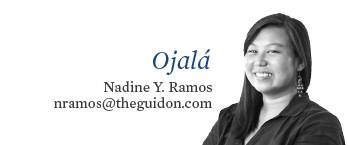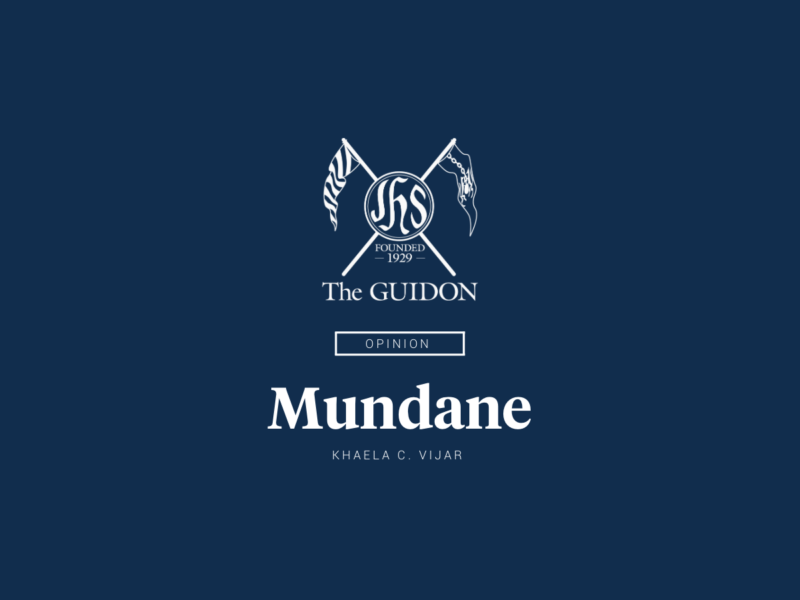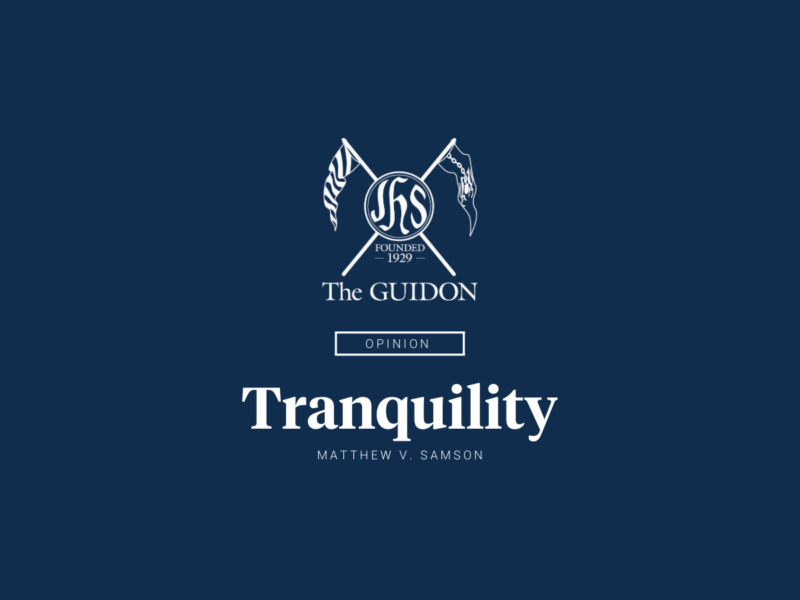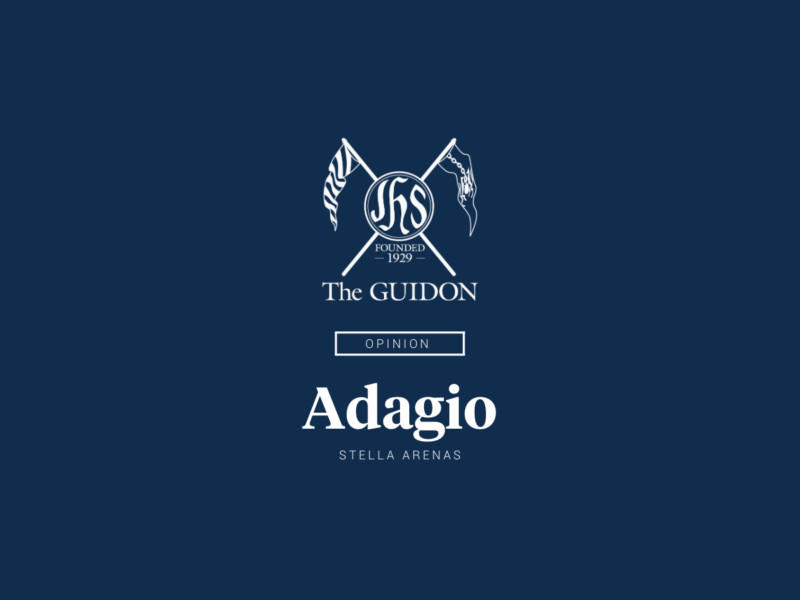In the first column that I wrote for The GUIDON, I said that the Sanggunian was apolitical. Almost an entire academic year later, I feel the same way.
Our student government has adopted some sort of selective blindness, coupled with a terminal fear of a fight. This fear prevents the Sanggunian from taking stands in truly divisive issues. Sure, the Sanggunian was for scrapping the pork barrel and was against the violence in Zamboanga, but there was already a unanimous voice amongst Ateneans on those two issues. From what I’ve seen, the Sanggunian hasn’t really led or pioneered anything—that is, aside from a college fair.
It is from this pseudo-blindness and fear of opposition that the Sanggunian never fails to have candidates that base platforms solely on consultation. This trend has continued into these elections, which has had its fair share of inanity. From the false dichotomy between focusing on internal or external issues to the sudden importance of batch unity, campus politics in the Ateneo are a joke. But perhaps the most alarming out of all of the typical candidate proclamations was that gender inequality on campus is non-existent. And that the proof of the so-called “gender equality on campus” is that there are more female students enrolled in the Ateneo than men.
This reduction of a minority to a statistic is distressing because it perpetuates the “bubble” in which Ateneans live. But this kind of thinking doesn’t come without any reinforcement. The Ateneo has been co-educational for decades and has had numerous female presidents and leaders. Many faculty members were supportive of the Reproductive Health bill. How is it possible that gender inequality exists in such a “liberal” university?
One thing that often goes unnoticed on campus is the dress code, understandably so. Enacted in 2006, the dress code was first met with opposition, but as the years progressed, it has been followed sans protest. Like most dress codes, it features more limits on female clothing than on men’s: No short skirts, no short shorts, no tank tops, halter tops, bare midriffs, ad nauseum. For the men, no sports shorts, no sports shirts and no slippers. True, women’s clothing does involve more styles—but I find problem in the policing of women’s bodies based on a definition of decency that was created by men.
Gender roles have defined most of our lives, so much so that it has shaped our language, especially our insults. The mere use of such phrases already comes with tacit approval of the inequality behind them. For example, being called “girly” is considered insulting to both males and females who want to distance themselves from the stereotype. This name-calling is not limited to men—in fact women are more likely to be critical of fellow females. After all, women are not exempt from the indoctrination of gender roles and sexism.
But this is barely scratching the surface. When all is said and done, it is a shame that a candidate running for the President of the Sanggunian can simply brush off gender inequality as nonexistent.







